It’s Here: My New (Second-Hand) Camera!
Yesterday – Thursday, it finally arrived. The first thing I always do with a second-hand device is give it a thorough inspection to know exactly what I’m dealing with from the start. This time, I was amazed: the camera was in like-new condition. The LCD even had a screen protector, and there wasn’t a single scratch, dent, or noticeable speck of dust. It felt as if it had just come off the shelf!
According to the original Leica invoice from February 2018 (included in the box), this is a relatively young model. It was likely sold as a showroom or final-stock item since the original buyer received a 5% discount.
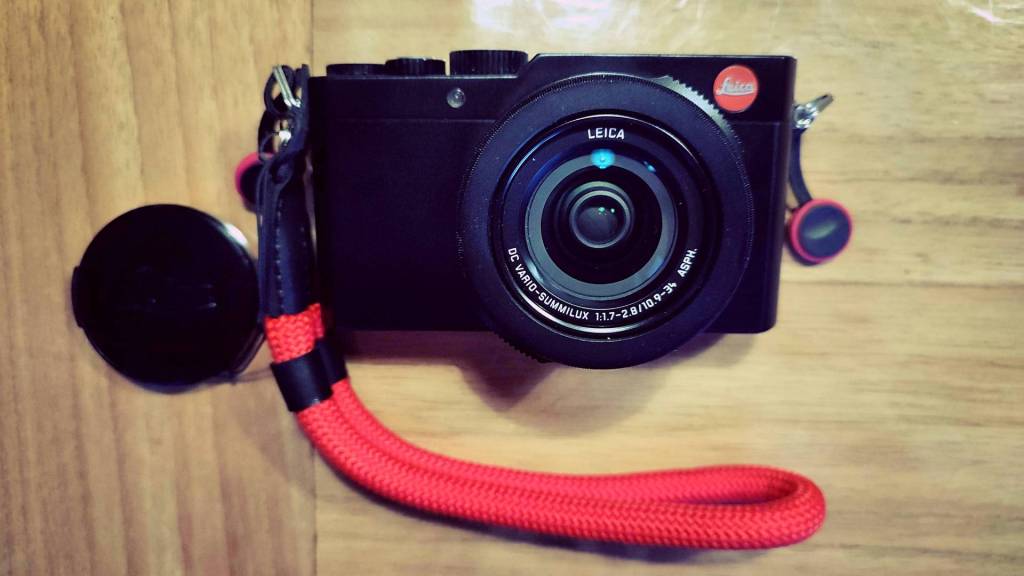
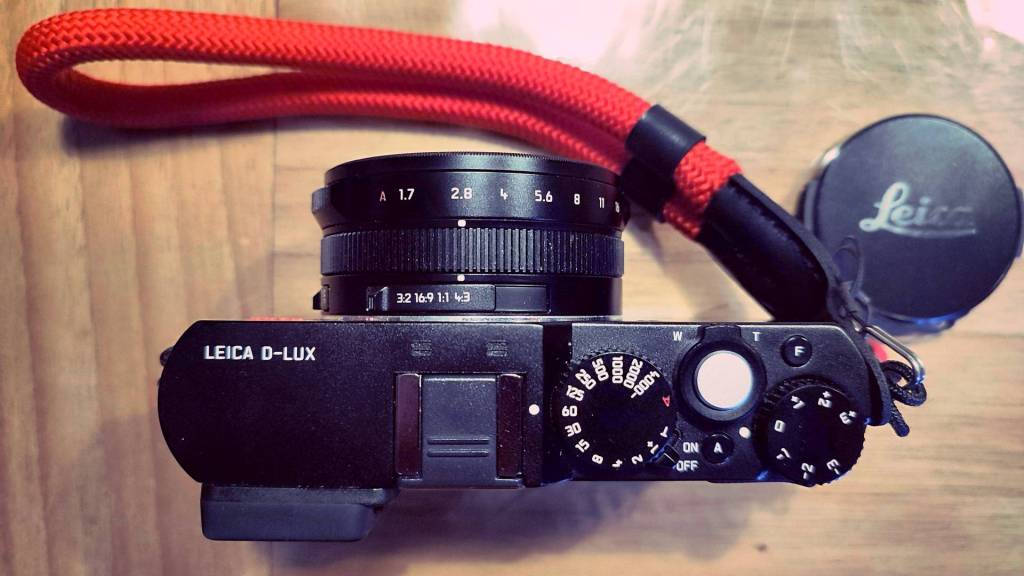
Initial Setup
Powering it on for the first time went smoothly. I spent some time exploring the menus and tweaking basic settings: JPEG Fine + RAW, Auto ISO, and a few others. I’m not one to read manuals; instead, I prefer learning a camera by using it. As I shoot, I adjust settings when specific situations or problems arise. For now, everything seems ready to go.
To keep it protected, I’ve stored the camera in a JJC neoprene pouch (OC-R1YGR model). I also attached a stylish red wrist strap and installed two Peak Design anchor links. These will let me attach a universal neck strap if needed.
First Observations and Quirks
- RAW Format: The camera produces
.RWLfiles (Leica RAW). My usual photo downloader didn’t recognize the format, so I had to transfer files manually. However, good news: RawTherapee supports them without issue! - Aspect Ratios: Changing the ratio (3:2, 1:1, 16:9, or 4:3) not only applies to JPEGs but also affects RAW files. That was unexpected! On my Olympus cameras, adjusting the ratio only changes the JPEG output, while the RAW remains in 4:3—something I find more versatile.
- Grip: As many reviews mention, the camera is a bit slippery to hold. I’ve ordered a leather ever-ready case, which should help.
The design reminds me a lot of my old Fujifilm X100—though this one is slightly smaller. It’s great to have physical controls like an aperture ring on the lens and a dedicated shutter speed dial again.
When it comes to size, the Panasonic GX80/85 is one of the smallest rangefinder-style cameras with a viewfinder, apart from the older GM series. Pair it with the compact Panasonic 12-32mm zoom lens, and you have one of the smallest setups possible for this camera. However, the Leica D-Lux Type 109 still manages to be slightly smaller and lighter—not by much, but enough to notice.
Interestingly, when comparing the Leica 109 to an Olympus E-M10 II, the sizes are surprisingly close, apart from the latter’s signature prism bump. Even the Olympus E-PL6 comes close in size, though it lacks a built-in viewfinder.
Of course, the Leica 109 isn’t as compact as an Olympus TG-series camera, but that’s the trade-off for having a larger Micro Four Thirds sensor—sometimes, sacrifices have to be made.
First Test Impressions
I took it out for a quick test shoot under low-light conditions, just before sunset. Using the standard film simulation, I kept it on Auto ISO, Auto Aperture, and a minimum shutter speed of 1/60.
Well, I’ve only had the chance to use it once since I got it yesterday, and the evening was already settling in. But so far, I’m absolutely loving the feel and performance of this little gem!
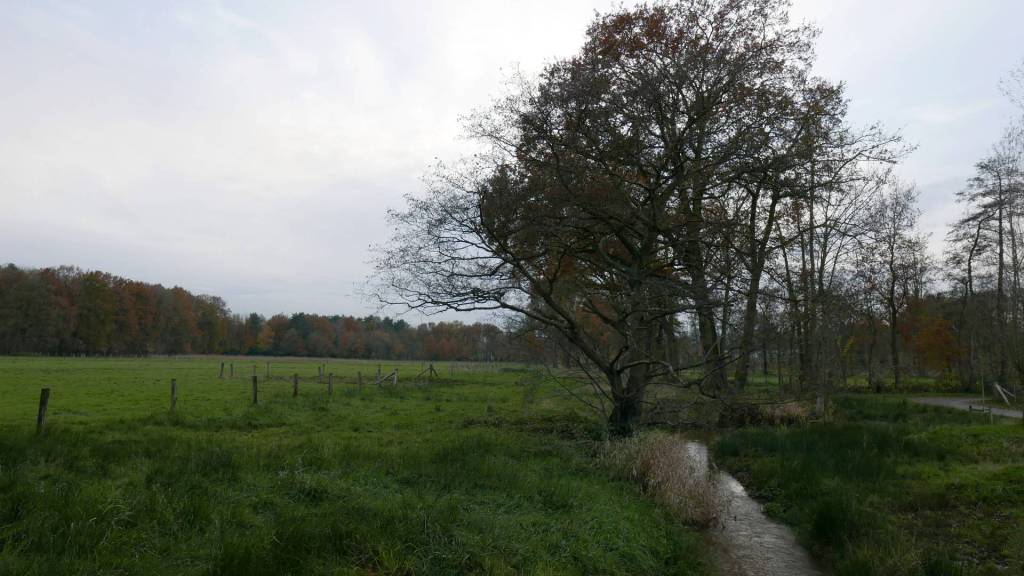
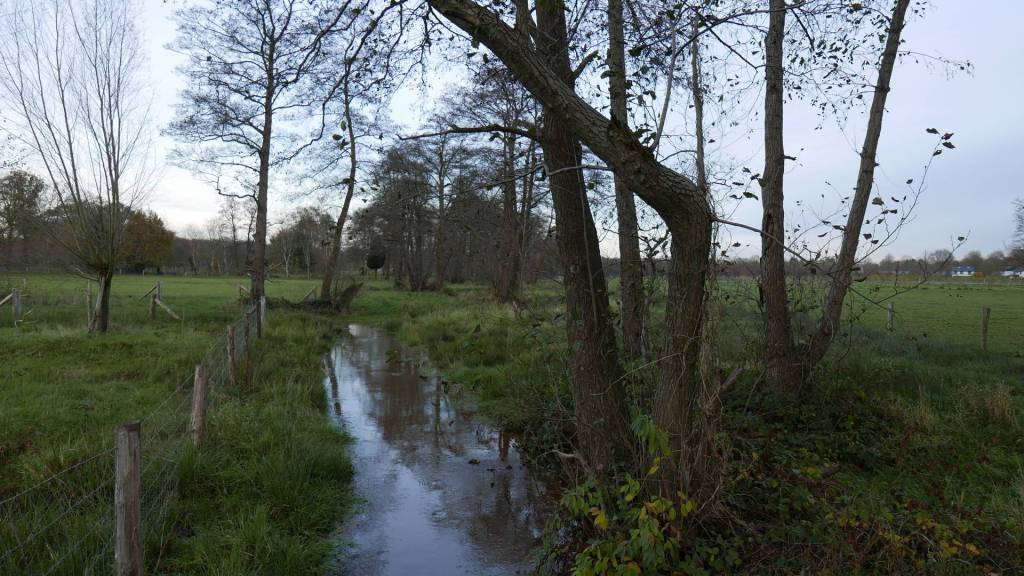
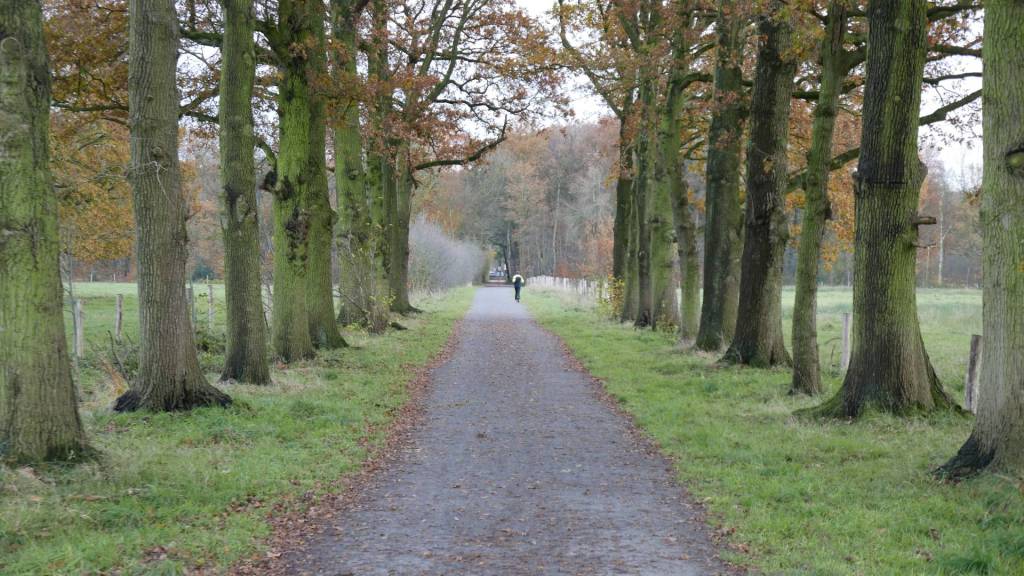
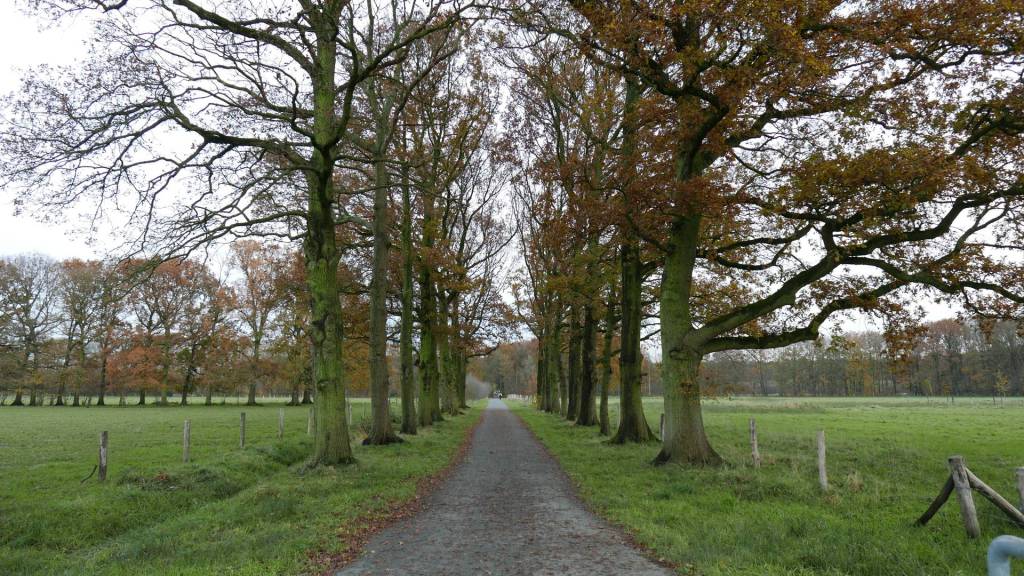
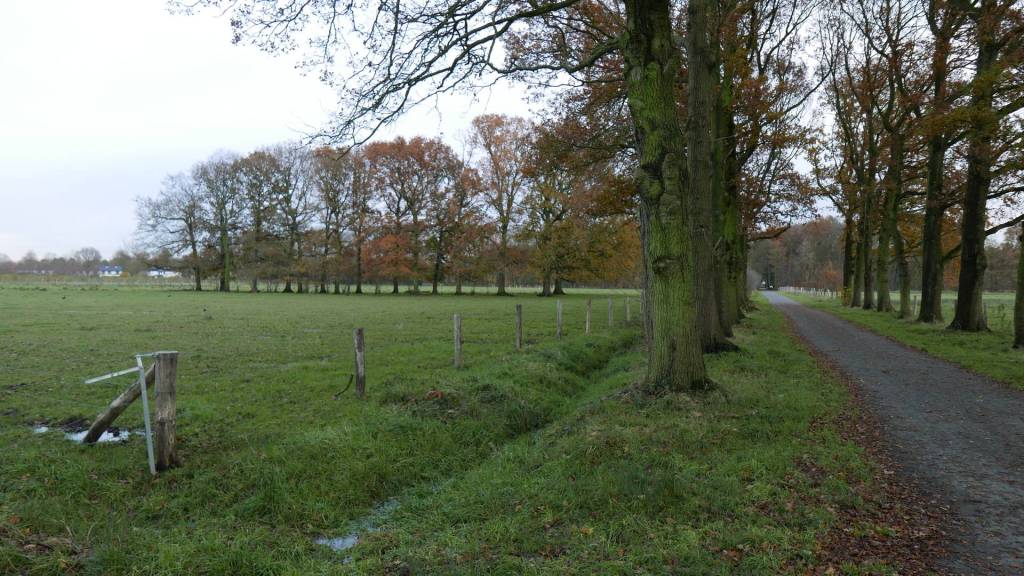
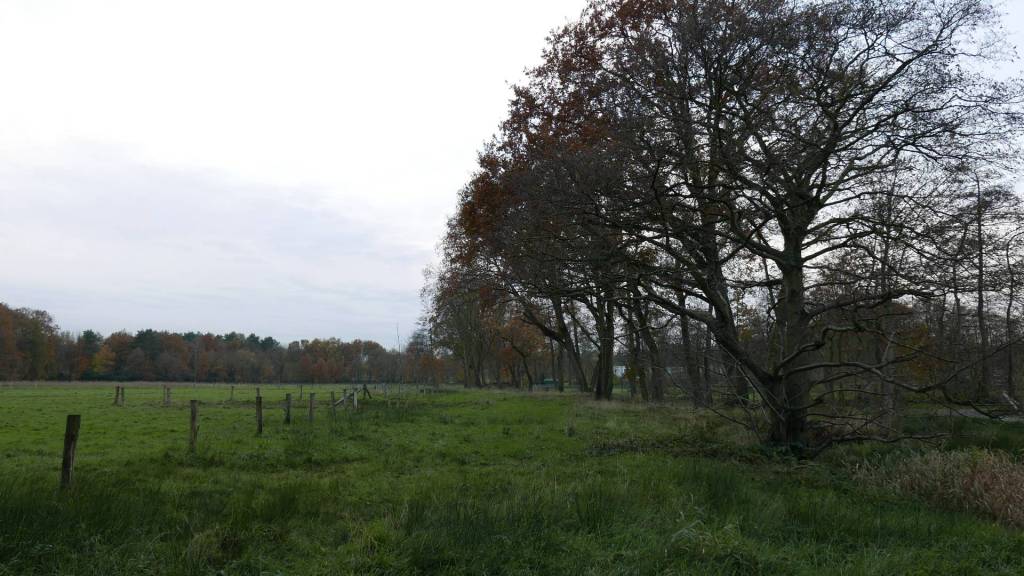
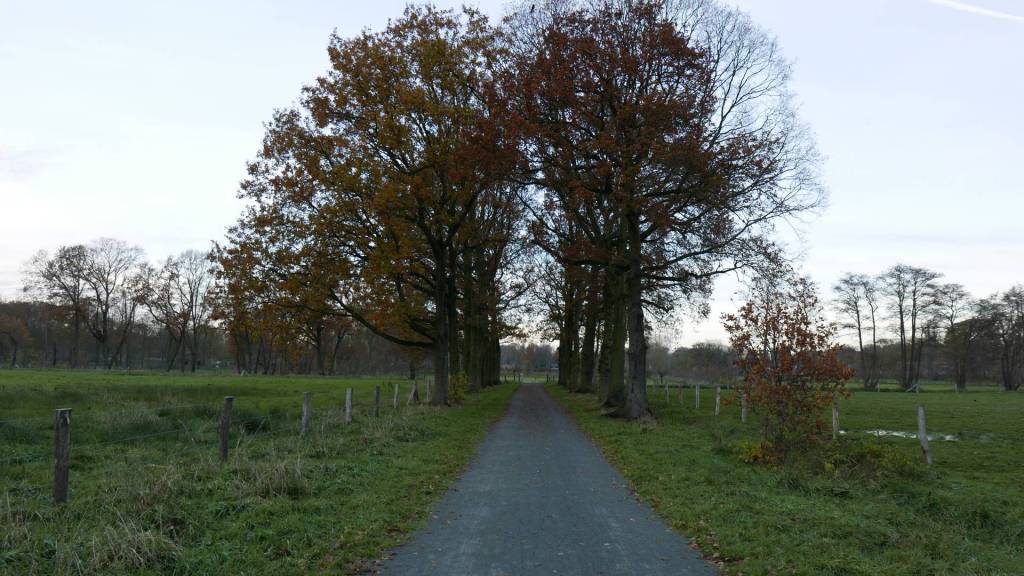
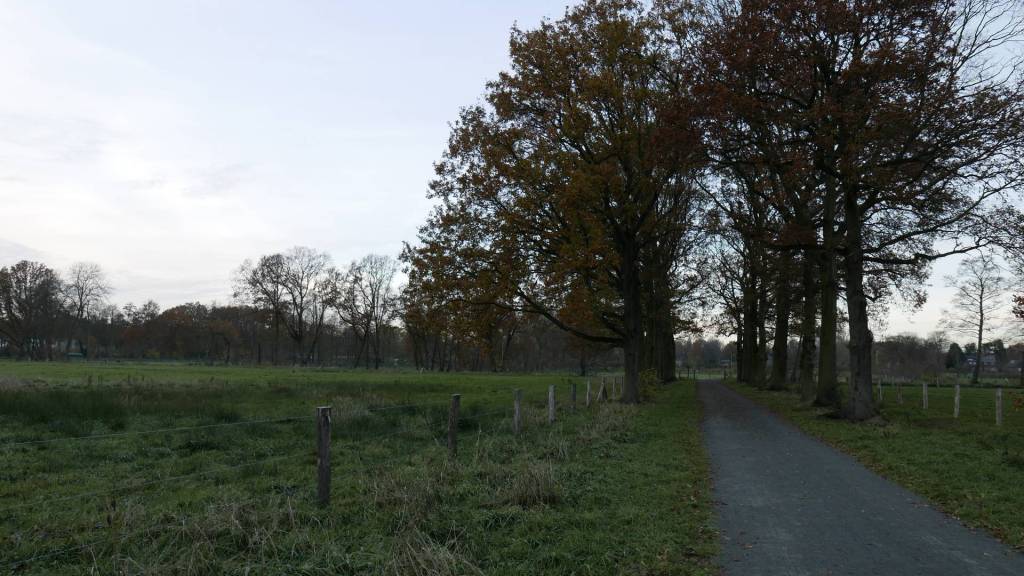
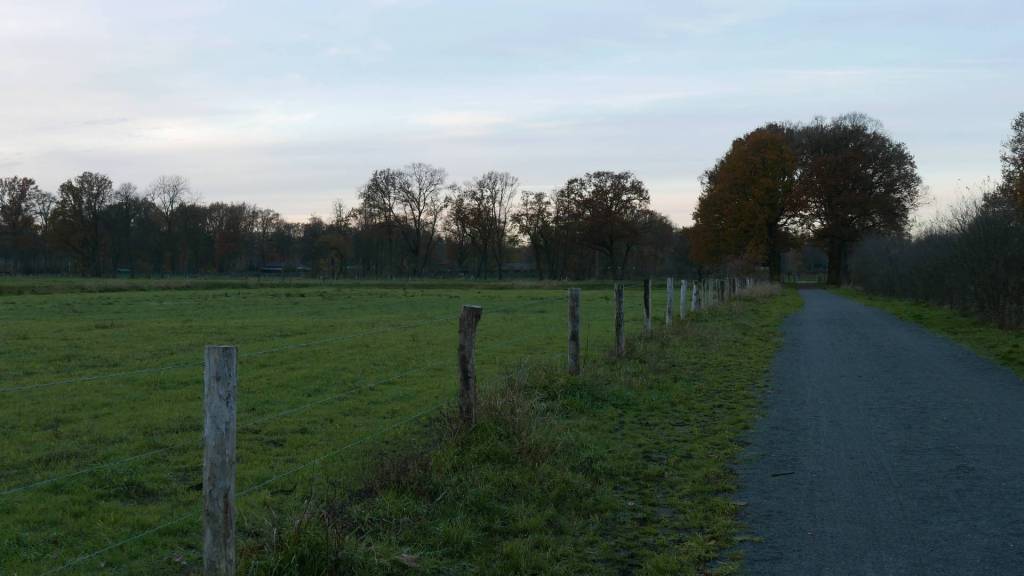
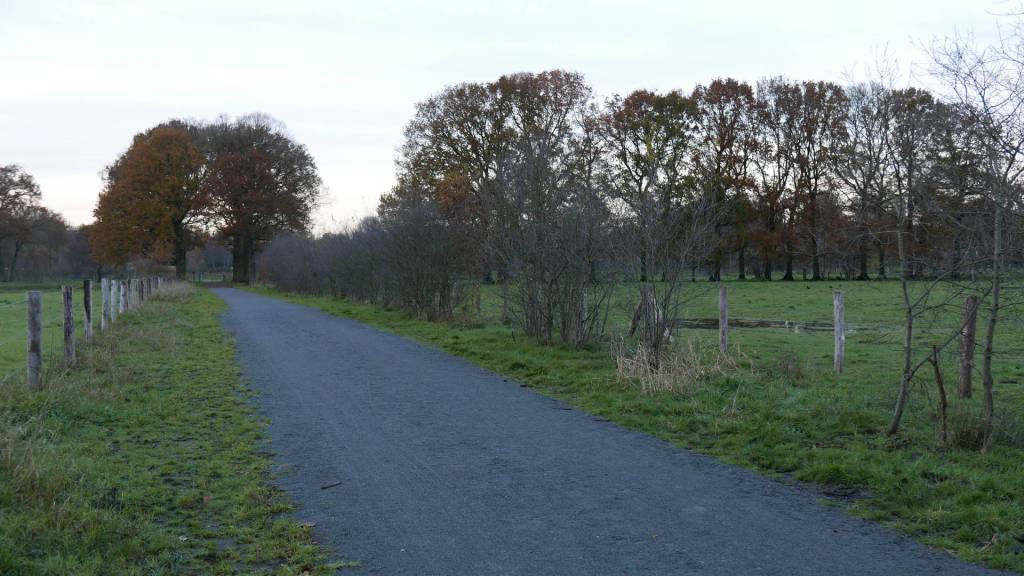
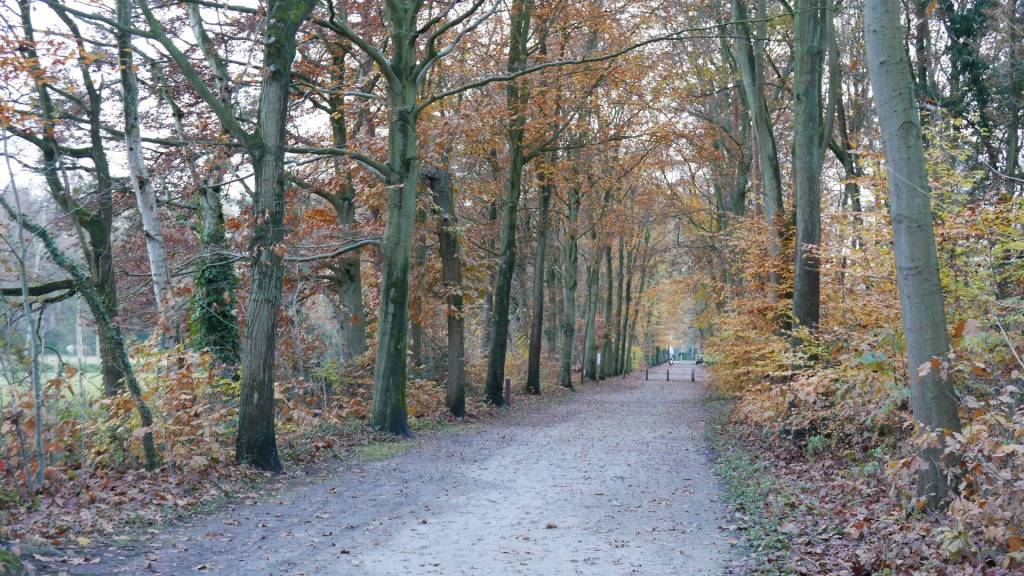
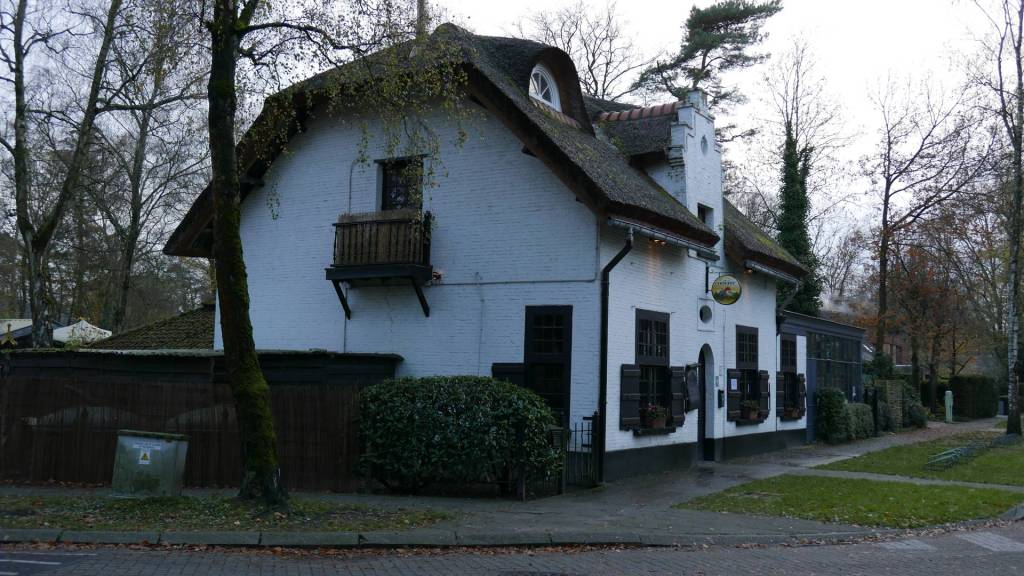
Here’s a comparison between the original JPEG (using Leica standard settings) and a processed .RWL RAW file from RawTherapee (using Adobe D-Lux standard). The images have been adjusted to similar exposure levels, with a sharpening setting of 1.0/250 applied. Both are zoomed in on the beer advertisement sign for closer inspection.
The original JPEG appears slightly softer. I’m not sure if sharpening can be adjusted directly in the camera—I’ll need to investigate that. You might notice a difference in color between the original Leica tones and those produced using Adobe’s camera profiles. Personally, I find the original Leica colors slightly more appealing. However, considering the relatively extreme crop from the original (and the fact that I didn’t specifically focus on the sign during the shot), I find the results from both formats quite impressive. For a 12-megapixel sensor, this performance is definitely promising.
Left: Leica JPEG – Right: RAW processed in RawTherapee


Discover more from Open Source Photography
Subscribe to get the latest posts sent to your email.


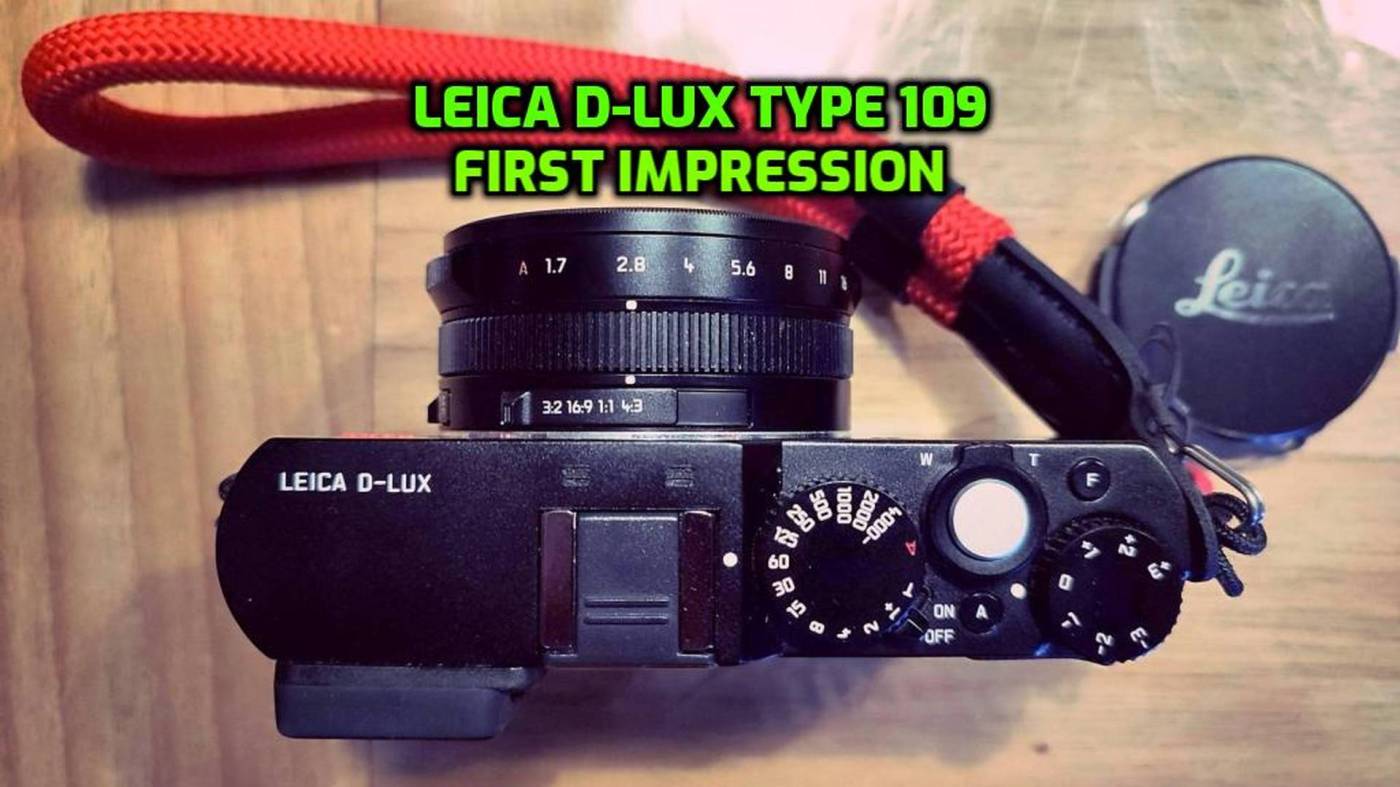

Lovely Marc! I got offered a Leica D-Lux 4 for £300 in mint condition with carry case. I’m debating if I should get it or not, as the Panasonic Lumix version is less than half it’s price! Enjoy your new camera. Have a great weekend.
LikeLiked by 1 person
Hi Mark, and thanks!
The Panasonic/Lumix versions are indeed a bit cheaper while maintaining excellent quality, so it really comes down to personal preference. £300 is already a significant amount, and with the D-Lux 4, there’s no viewfinder—something to consider if that’s important to you. Not everyone minds, though. As far as I recall, you already have an Olympus E-PL8, so you’re likely used to working without one.
The Leica will produce a slightly different output in terms of color and character, but whether that’s worth the price difference is a decision only you can make. Both are great cameras. In my case, it fit into my workflow, and I let both my heart and logic guide the decision—otherwise, I might not have gone for it. Looking back, I can say it was the right choice for me.
Thanks again, Mark. Take care, and until next time!
Marc
LikeLiked by 1 person
The photos from your new camera look very nice at first glance. I hope you enjoy your new, old Leica. Best wishes, Walter
LikeLiked by 1 person
They were just a few test shots, but I’m excited to start using it properly. Thanks again, Walter! Have a great weekend. – Marc
LikeLike
Hey Walter, thanks – I really appreciate it!
All the best to you,
Marc.
LikeLike
Nooit een Leica gehad, altijd gedroomd. Is die nu zoveel beter?
LikeLiked by 1 person
Wel, ze zijn technisch altijd wel goed afgewerkt – maar deze kleine D-Lux is gemaakt in Japan – niet in Duitsland. Voor mij ligt het verschil (bij cameras) vooral in de jpg output, de kleuren – en vooral – de zwart wit output is anders dan anderen. Maar mij zal je niet horen zeggen dat een Leica beter is dan een andere camera. Ik denk wel dat het verschil zit in de lenzen, en die zijn dan ook peperduur ! Fijn weekend Joke.
LikeLiked by 1 person
Okido!
LikeLiked by 1 person
You do a much more thorough inspection and test than I do. Leads to an easier initial use I’m sure. Something I should probably pay attention to. Nice series.
On another note I see Peak Design. There is a love/hate relationship here in warmer climes. Many of their straps have a rubberized strip to hold the straps in place. However… when out in hot humid locations the rubber melts, ruining everything it touches. In fairness they know, have changed the rubber, and it melts. They will replace straps, doesn’t help with whatever else it ruined. Their wrist strap isn’t any better. They do have a great quick connect system which brings people back…with hope. Me included since I just received a new strap, no rubber at all.
LikeLiked by 1 person
Thanks, Ted! Well, I noticed the sticky straps issue here too, but it’s probably less of a problem in our cooler climate compared to yours. That said, I should mention that I’ve replaced the original Peak Design strap with a few regular ones—sometimes Olympus or other brands—equipped with PD adapters. This way, I can use the PD system with a standard strap.
Have a great weekend and take care!
Marc
LikeLiked by 1 person
Didn’t know there were adapters !
LikeLiked by 1 person
Use any camera strap you like! Simply attach the adapter as shown in the link below, and you can easily switch between straps to fit your preference.
https://www.peakdesign.com/eu/products/anchor-links
LikeLike
Thanks 😁😁. Between my wife and I we have several Peak Design straps, with all the little ‘do dads’ that go with them. This can help 👍👍
LikeLiked by 1 person